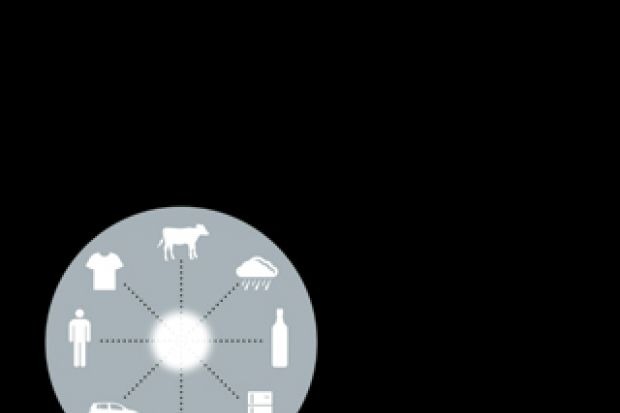My first brush with what would become the Internet of Things – a network of non-human devices – occurred in the early 1990s, when a colleague told me about the Cambridge Coffee Pot. Academics and research folk still had the nascent internet pretty much to themselves back then, and the idea that someone would use a camera, a disused frame-grabber and some code to post an image of how full the departmental filter jug in the computer laboratory was – in order to prevent an ill-timed sortie down the corridor that would be sure to end in disappointment – seemed a naturally nerdy expression of the technical climate.
Today, of course, you would approach the problem differently – possibly utilising a commercial coffee machine with an embedded web server that an app on your smartphone could interrogate around the time it knows you habitually get coffee, with the safety net that the machine would tweet warnings if it was out of service, needed refilling or when the coffee-ground bin was full. The “Nutrimatic Drinks Dispenser” conjured up by Douglas Adams in The Hitchhiker’s Guide to the Galaxy suddenly seems more than just a humorous speculation.
In common with other volumes in the Essential Knowledge series from MIT Press, this short book provides concise, cogent, current information on the state of play of a specific technical area. While the IoT is still at an early stage of development, it is clear that the emergence of mass market technologies that allow seamless communication between smartphones and smartwatches, health and activity monitors, embedded web servers, network-aware sensors and radio-frequency identification (RFID) tags in products will make such systems close to ubiquitous in a relatively short time.
There are some obvious benefits to the “smartening” of systems, as well as some significant concerns. Few people would worry about a set of traffic lights deploying such technology to alert a control centre that a fault was developing, or the use of RFID tags to track the passage of prescription drugs around a hospital – but what about a smart television that not only listens to your conversation to identify voice commands, but potentially stores your words for future use in advertising or product placement? How about a doll that “converses” with your child and analyses the responses, perhaps sharing the data with third parties? These are both existing technologies – but their advertised uses could easily, and almost invisibly, be subverted.
Even before you look at the issues relating to technical security and the management of operational risk – imagine the braking system of your car being hacked or your insulin pump being recalibrated in error – a whole universe of cultural and ethical issues is exposed by the potential ubiquity of the systems. Who holds this mountain of aggregated data and who can access it? Where is it held, and for how long? Can I prevent it being sold and analysed further? What protection is there against precision location data, logs of activity and consumption, media viewing habits, heart rate traces and blood pressure recordings being intimately combined to make us all completely transparent to marketers, governments and insurers alike?
As Samuel Greengard’s book makes clear, if we fail to address these questions at this stage, we may well find ourselves sleepwalking into a society where the protection of sensitive personal data is practically impossible. Reading this important overview will give you a good grounding as to where this rapidly evolving field is heading.
The Internet of Things
By Samuel Greengard
MIT Press, 184pp, £8.95
ISBN 9780262527736
Published 16 May 2015
Register to continue
Why register?
- Registration is free and only takes a moment
- Once registered, you can read 3 articles a month
- Sign up for our newsletter
Subscribe
Or subscribe for unlimited access to:
- Unlimited access to news, views, insights & reviews
- Digital editions
- Digital access to THE’s university and college rankings analysis
Already registered or a current subscriber? Login





